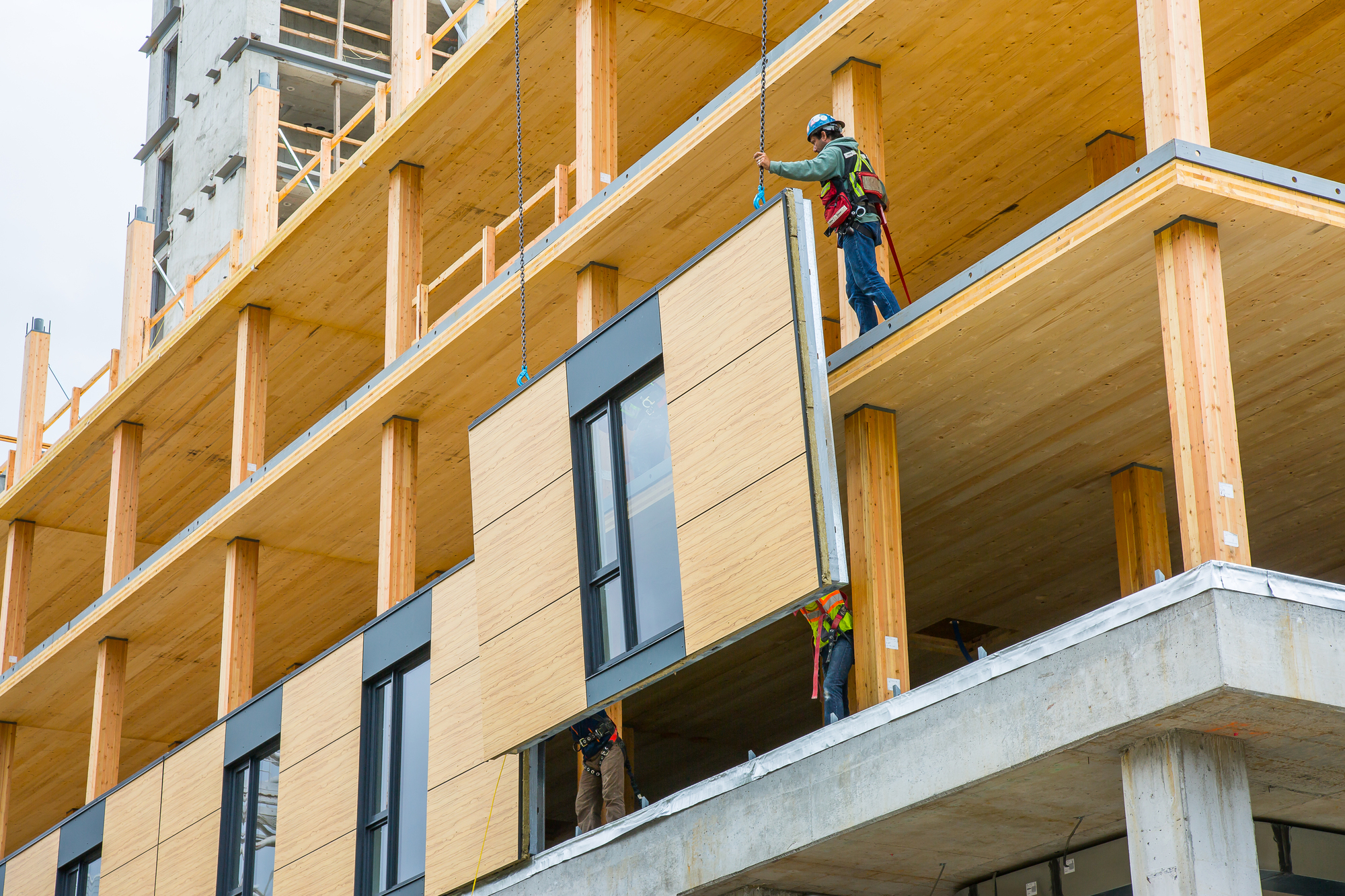Building Code Updates
The 2019 Edition – The Codes are a Sign of the Times
By Kerwin Lee and Erick Mikiten
August 26, 2019

As the State embarks yet on another revision to the code (this happens every 3 years) for the 2019 Edition, we all ask the question: why is this necessary; can’t the code stay the same? The building regulations need to change and evolve to reflect changes in technology and our understanding of ways to promote the intent of the code better. In reality, the code has not changed that much since it original conception. What started out as a 250 page (half-size – 5 X 7) Book, has turned into a 13 volume set of binders forming the State Standards, Title 24. The basic concepts or intent for building limitations (height and area), construction classification, fire protection, means of egress, structural safety and most common construction materials have not changed. What has changed is how specific we have gotten in addressing the intent. Some of this has come from technological changes. The other is the loss of our ability to make reasonable decisions. We are so dependent on doing only what is written, i.e. “what the code says” and the fear of law suits. One can debate whether the legal system has made things better or worse.
The current changes reflect both what ICC has altered in the 2018 edition of their codes and what the State has incorporated. The changes in the 2018 International Codes can be found in their publications on the significant changes between the 2015 and 2018 codes. State changes are a little harder to pinpoint. Unless you followed the State’s code change cycle, which in itself is difficult, it is hard to find and understand the changes. Many of the changes are related to State Legislation in regard to things like energy and green regulations.
State code changes are generated by one of the many State agencies given the authority to make changes to the code, whether required by legislation or agency generated. These State agencies have all the power in making the code the way it is. Agencies, such as Office of the State Fire Marshal (OSFM), Housing and Community Development (HCD), Office of Statewide Health Planning and Development (OSHPD) or Division of the State Architect (DSA), each have a specific authority over a portion of the code. The list of State agencies can be found in the code with their specific area of authority.
With all of these different agencies writing code, they seldom speak to each other or collaborate on a code change. When a code change covers two or more areas of authority, i.e. fire and life safety with OSFM and a healthcare facility, which involves OSHPD, the two might discuss the code change, but even then each agency would rule on their specific area only. This does at times create problems in the code making process.
Although this edition of the code does not take effect until January 1, 2020, any project that will be permitted on or after January 1st should be applying this edition of the code. The 2019 Codes, complete 13 volumes, are available now through ICC. The complete set will run you about $1,130.00. There is a “Designer Collection” for $768.00. This is not a fancier looking set, but a smaller set with the portions used by designers. Go to https://shop.iccsafe.org/state-and-local-codes/california.hmtl for your California Codes shopping needs.
If you want to find out what is new in the 2019 codes, there are a number of classes through the AIA, ICC and your ICC local chapters to help you understand the changes and what to look out for. Most of these classes are geared toward your local plan checker/reviewer, but the information is the same for a designer. Check out the AIA Calendar and http://www.eastbayicc.org/images/education/2019_ICC_TriChapter_Calendar_MASTER_021919.pdf for possible courses for your needs.
The basic intent of the code is good and we do need codes, but it is up to you and the rest of society to decide what is the standard we need to live with. Remember that risk is never eliminated and safety is never absolute— it is something in between we live with. Building regulations reflect society’s needs and are a “minimum standard” of how safe we want them to be. As a minimum standard, building codes are a balance between risk and safety.
Erick Mikiten’s Remarks:
As a Building Standards Commissioner for California, I see the Commission staff of about a dozen people, a number of them architects or engineers, go through a meticulous process to coordinate the details of each new version of the California Building Code (CBC). As Kerwin describes, much of that work is due to the trickle-down of changes from the Model Codes (ICC and other referenced standards) that our state agencies have to incorporate.
As these changes become known, the Commission staff coordinates between the various State agencies that will be affected. This can be a staggering amount of work when definitions change, substance changes, and sometimes intent changes. When two or three different agencies are affected, each of which has a public comment process running parallel to the other, there can be hundreds of little bits of information that need to be coordinated. After watching this from the inside for the last seven years, it’s astounding that there aren’t more internal contradictions and errors in what finally goes to print.
Typos and small errors that have no effect on the meaning of the code are issued periodically as the yellow pages that are sent to all registered code purchasers. The blue pages are supplements – items that come up in the Intervening Cycle (18 months after the major code update) or emergency items. These emergency supplements are usually a response to legislation that happens outside the code cycle process. When a new law is passed requiring something that isn’t covered by the current CBC (such as the stricter water usage measures of a few years ago), the staff of the Commission scrambles to identify the affected state agencies and work with them to conduct an Emergency Rulemaking Process. This culminates is a special meeting of the Commission to consider that change. If approved, the change is immediately promulgated to all California jurisdictions and published as a blue supplement that (hopefully) your office intern inserts into your code so that your staff is always up to date.


